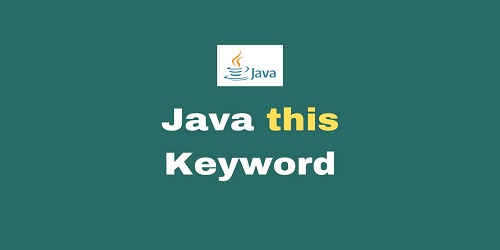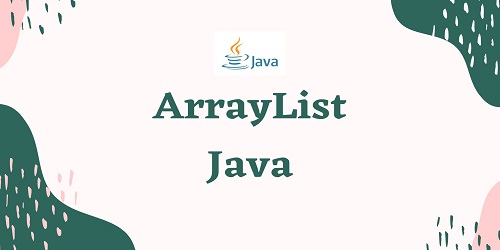Table of Contents
Linux:
In 1984, a project named GNU was launched to develop a UNIX-style operating system that is free software. The GNU project developed a lot of software that is free and GPL (General Public License). In 1991, Linus Torvalds along with many programmers developed the Linux Kernel and put it under the GPL license. The Linux kernel together with lots of GNU software formed the GNU/Linux (in short, Linux) operating system.
Salient Features of Linux:
(1) Multitasking- The Linux scheduler implements true, preemptive multitasking in the sense that a higher priority process made ready by the occurrence of an asynchronous event will preempt the currently running process. However, the stock Linux kernel itself is not preemptible. So a process may not be preempted while it is executing a kernel service. Some kernel services can be rather long and the resulting latencies make standard Linux generally unsuitable for real-time applications.
(2) Multiuser- Unix evolved as a time-sharing system that allowed multiple users to share an expensive (at that time anyway) computer. Thus there are a number of features that support privacy and data protection. Linux preserves this heritage and puts it to good use in server environments.
(3) Multiprocessing- Linux offers extensive support for true symmetric multiprocessing (SMP) where multiple processors are tightly coupled through a shared memory bus.
(4) Virtual Memory- Linux can use a portion of your hard drive as virtual memory which increases the efficiency of your system by keeping active processes in RAM and places less frequently used or inactive portions of memory on disk.
(5) Built-in Networking Support- Linux uses standard TCP/IP protocols including Network File System (NFS) and Network Information Service (NIS). You can access the Internet by connecting your system with an Ethernet card or over a modem to another system.
(6) Shared Libraries- Each application instead of keeping its own copy of software shares a common library of subroutines it can call at run time. This saves a lot of hard drive space on your system.
(7) Nonproprietary Source Code- The Linux Kernel uses no code from AT&T (original developers of UNIX) or any other proprietary source. Other organizations such as commercial companies and programmers from all over the world have developed software for Linux and the source of Linux is freely available.
Benefits of Linux:
Linux is available on a large variety of computing platforms, from set-top boxes and handheld devices to the largest servers. This flexibility means that after your applications are running on Linux, you are no longer tied to a specific hardware platform. You have control over the choice of hardware platform that supports your application. Workloads running on LinuxONE benefits from a hardware platform that includes specialized processors, and cryptographic cards with dedicated processors. A major benefit of Linux is that it is open-source. The software is weighed down by licensing fees and its source code is freely available. Hundreds of Linux distributors are available for almost every computing platform. Linux comes with a complete development environment including C, C++, and Fortran compilers, toolkits such as Qt, and scripting languages such as Perl, Awk, and Sed. Linux provides an ideal environment to run servers such as a Web server (for example, Apache) or an FTP server.









Comments (No)